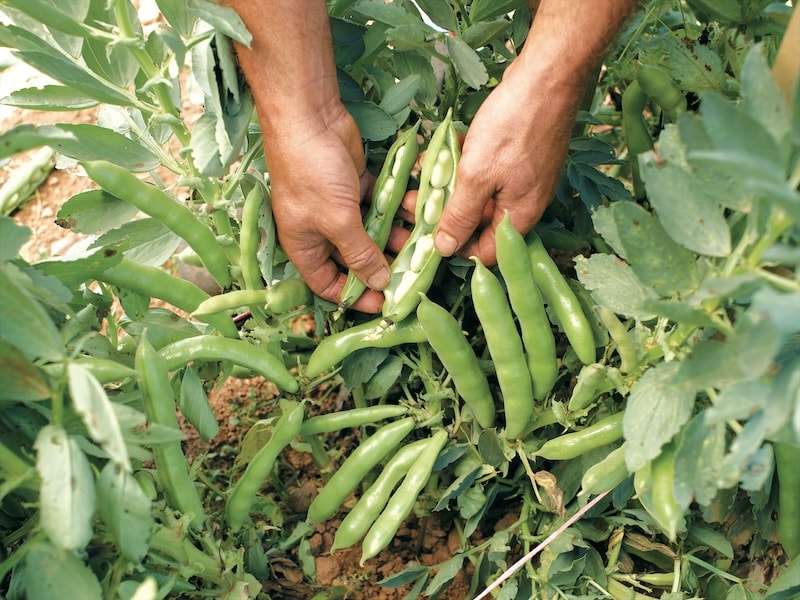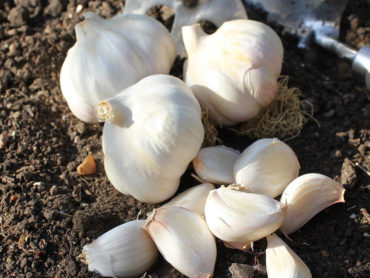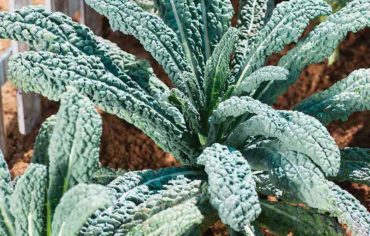There’s nothing better than a crop of tender and tasty home grown broad beans! Easy to grow from seed, high yielding, and early to crop, there’s no wonder that this popular vegetable is such a hit with home growers. You can even grow some varieties in a patio container. We asked experienced allotmenteer Lee Senior for his best broad bean advice. Here are his top tips.
Browse our full range of broad bean seeds for inspiration.
Choosing the best broad bean variety to grow
By far the hardiest and reliable broad bean I’ve ever grown is ‘Aquadulce Claudia’. This variety also has a fantastic, pure broad bean flavour. In my experience, it’s undisputedly the best for late-Autumn-sowing but can also be sown in late winter and early spring.
I have two favourite mid-season, maincrop varieties. The first is the attractive and rather unusual red bean coloured variety called ‘Karmazyn’. The colourful beans are a great talking point and it produces heavy crops with very good flavour. The other is ‘Masterpiece Green Longpod’. This classy, green-seeded, prolific bean is eminently suitable for freezing.
The best dwarf variety for smaller spaces or raised beds is ‘The Sutton’. Bred by the Suttons team, it’s also perfect for container growing. The plants reach a height of just 38-45cm (15-18 inches) making it a good choice for exposed, windy locations. If you don’t have the time or space to sow seeds, it’s also available as garden ready plants.
For something a little different, why not try a mangetout type of broad bean using the variety ‘Stereo’. The pods can be harvested when finger-length and have a deliciously sweet, nutty flavour. This variety can be sliced raw into salads, grilled whole or stir-fried.
How to sow broad bean seeds
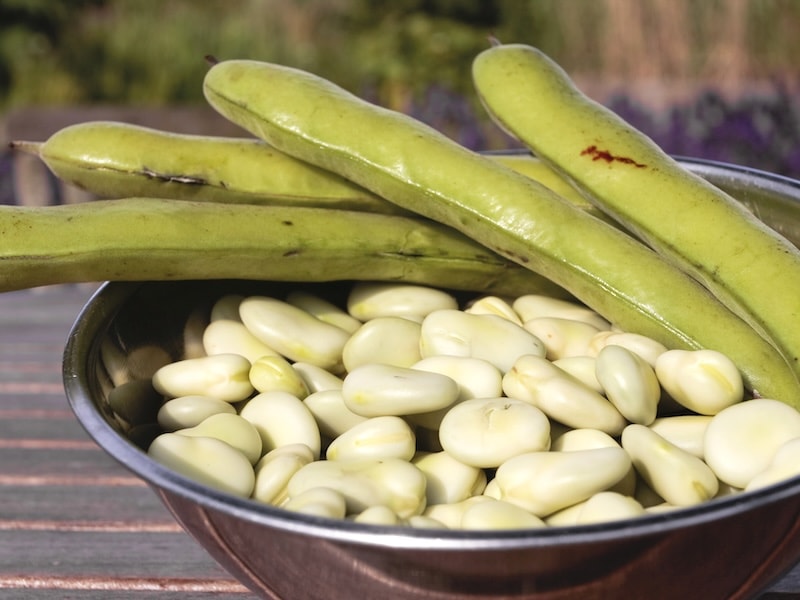
Image: Broad Bean ‘Aquadulce Claudia’ seeds from Suttons
Broad bean seeds can be sown indoors in pots or trays of compost during November for overwintering in a cold greenhouse or cold frame. Alternatively, the seeds can be sown in late winter or early spring in a heated propagator, cold greenhouse or on the windowsill. Broad beans are usually one of the first crops to be sown at the start of each new gardening season.
As a general guide, an autumn-sown crop will be ready to harvest by the end of May. A mid-late winter sowing will yield a crop from mid-June to July.
If you don’t have the space to start your seeds undercover, simply wait until the weather improves and direct sow outdoors from late March until the middle of May. You can sow in single or double rows, grow them in raised beds or start dwarf varieties off in containers.
- Sow the seeds directly into weed-free soil at a depth of 5-8 cms (2-3 inches).
- Space the seeds 15-23 cm (6-9 inches) apart.
- Allow 23cm (9″) between double rows.
- Allow 60-90cm (24-36 inches) between each set of double rows.
- Germination takes 14-21 days depending on the temperature which should be no lower than 10C.
Where to plant out broad beans
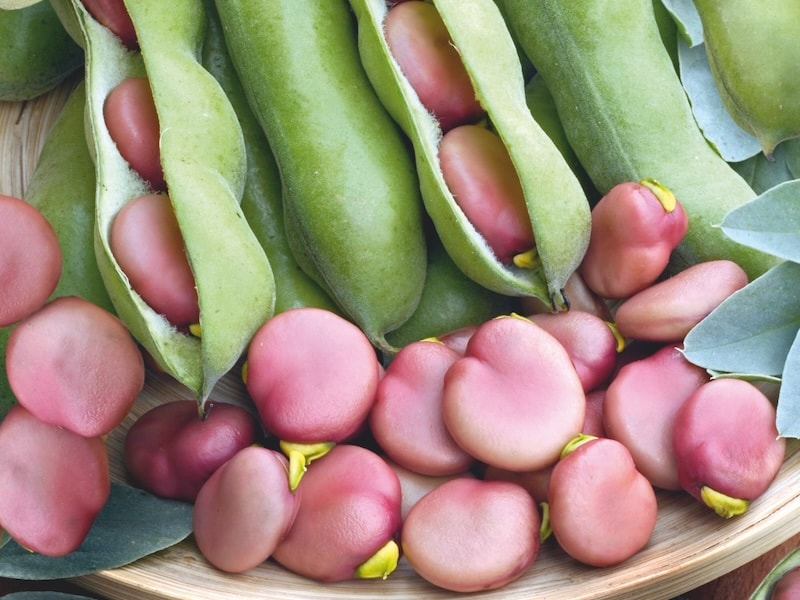
Image: Broad bean ‘Karmazyn’ seeds from Suttons
If you’ve raised your broad bean seedlings under cover, you’ll need to harden off the young plants before transplanting them outdoors in spring.
Not especially fussy, broad beans prefer newly prepared, well-drained soil, free of pernicious weeds. They will grow in sun or semi-shade, and cope with fairly poor soils, although you’ll get larger plants if the soil is rich in humus, as this helps to retain moisture.
Traditionally planted in rows, they don’t necessarily have to be. Just be sure to water the plants after transplanting them into their final positions and don’t let them dry out in hot weather.
If possible, avoid windy locations (unless you’re growing dwarf varieties) and don’t plant them under trees or in dry, arid or parched soils.
How to care for broad beans
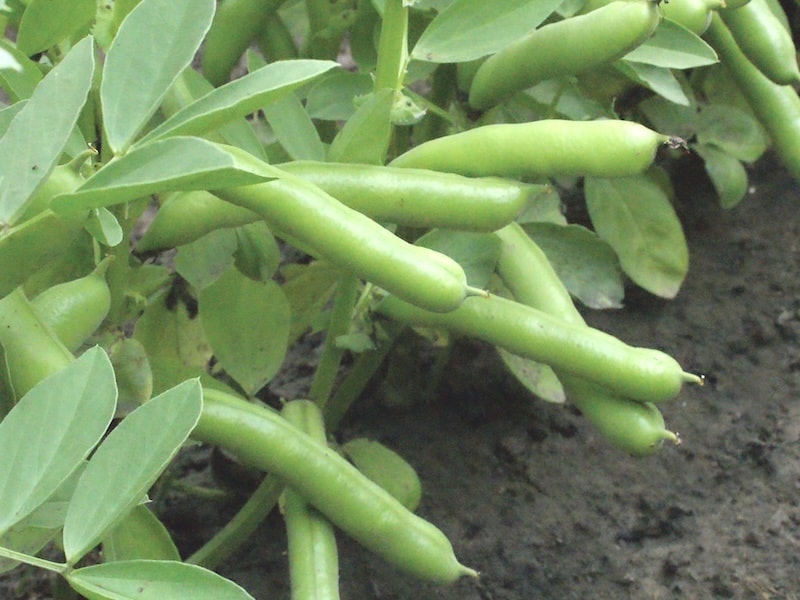
Image: Broad Bean ‘De Monica’ seeds from Suttons
It’s advisable to pinch out the tips of plants when the first pods have set to deter blackfly, although this isn’t always necessary. My plants are grown in soil containing plenty of well-rotted manure and are not fed with additional liquid feed, and they don’t regularly succumb to blackfly.
No additional nutrients are required to feed broad beans. Plants that are overfed with nitrogenous fertilisers are more susceptible to attack from blackfly and aphids in general. This is because the young growth can then be far too soft or sappy.
In sustainable or organic allotments, ladybirds often come and feast on aphids and blackfly. I’ve seen badly-infested plants cleaned up by these voracious predators and their larvae in just a matter of days.
Broad beans are also susceptible to chocolate spot fungal disease. This results in dark spots (chocolate coloured) on the leaves. Causes include humid conditions and a lack of airflow if the plants are growing too close together.
Broad bean growing: quick tips
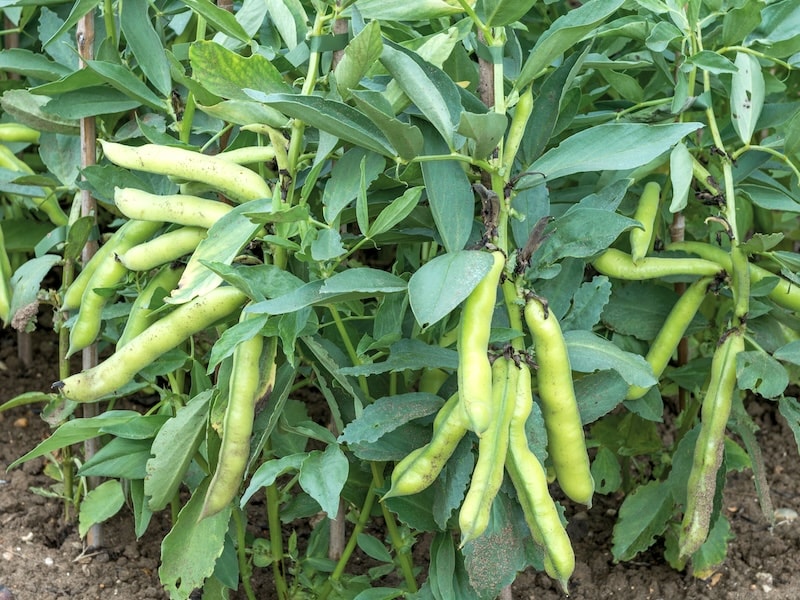
Image: Broad Bean ‘Luz de Otono’ peat-free garden ready plants from Suttons
- Broad beans prefer some moistness at the roots (but not sitting in water).
- They enjoy slightly cooler conditions and tolerate some shade.
- Broad beans grow best in a sheltered location, in well-drained soil.
- Avoid sowing seed beyond mid-May as the beans may well perform poorly in sustained hot and dry summer weather conditions.
- Keep the plants well-watered during dry spells to avoid them underperforming and becoming stunted.
- Don’t over-feed, which can attract blackfly.
We hope this helps you to grow bumper crops of broad beans. Find more of Lee’s practical, hands-on, vegetable growing advice over at his monthly allotment pages.
Lead image: Broad Bean Seeds – The Sutton from Suttons
Last Updated on December 11, 2024 by Suttons Horticultural Team

